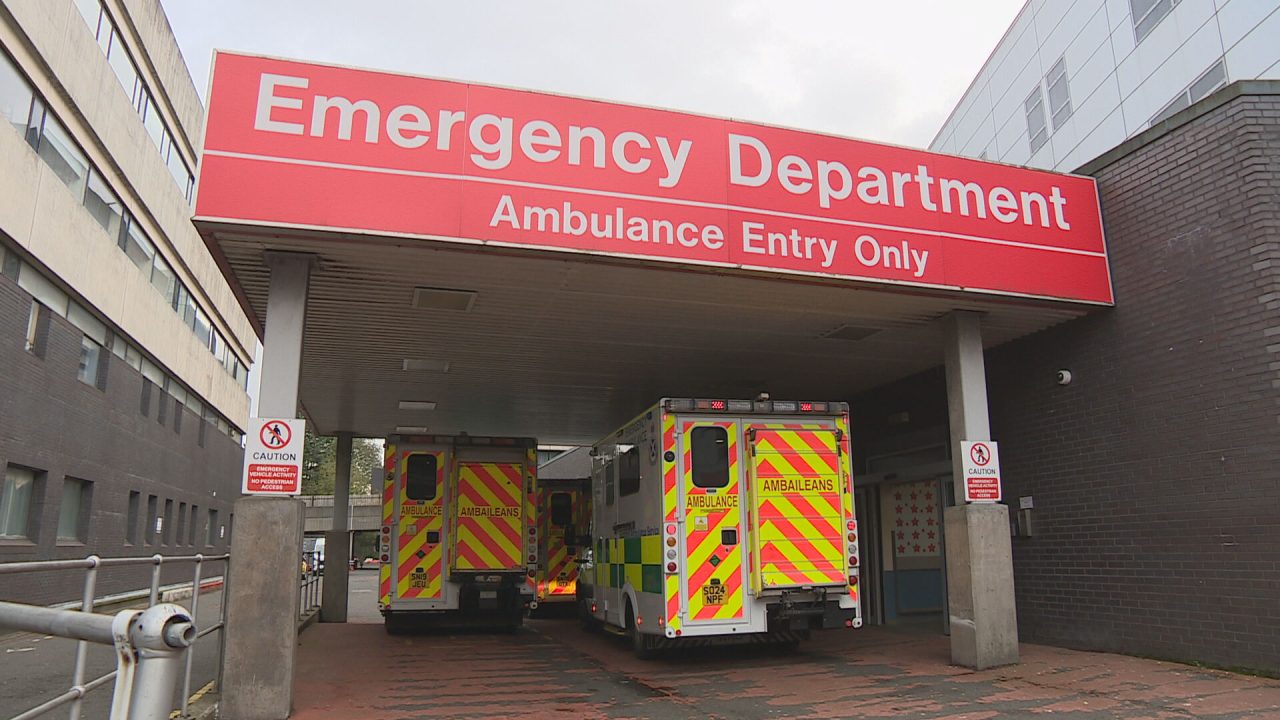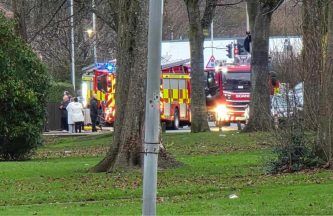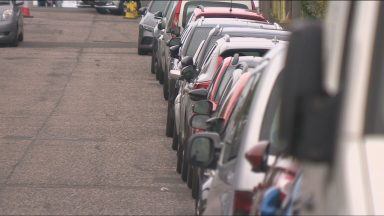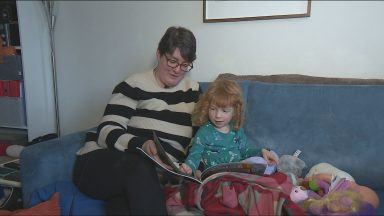The lives of thousands of patients are being put at risk, the Scottish Government has been warned, after figures revealed the number of Scots waiting more than 12 hours in A&E is 99 times higher than it was 14 years ago.
Just 784 people waited more than 12 hours in emergency departments in 2011 but by 2024 this number had surged to 76,346, according to an analysis by the Royal College of Emergency Medicine (RCEM) seen by the PA news agency.
More than three times as many people waited over 12 hours in Scotland’s A&E service last year alone than in the full decade up to 2020, the figures show.
The RCEM said one in every 18 patients who entered through the doors of an A&E in 2024 waited more than a dozen hours.
It said high waits were “unacceptable” and “dangerous” and told ministers that tackling them must be a priority.
The statistics, based on figures from Public Health Scotland, show wait times had begun to increase in 2016, when 1,005 people experienced waits over a dozen hours in A&E, before exploding during the Covid pandemic.
They also show that December was the second worst since records began in 2011 for patients experiencing four, eight, and 12-hour wait times.
The RCEM said the wait times could be due to the lack of in-patient beds and an inability to discharge people well enough to go home, called delayed discharge, which is often due to a lack of social care support.
In December 2024, there were 61,706 days spent in hospital by people who did not medically need to be there – a 6% increase compared to the same month in 2023.
Dr John-Paul Loughrey, the RCEM’s vice president for Scotland, said: “When you look at the data over the past 14 years the reality of the number of people now facing extremely long waits in this country is shockingly clear.
“The figure from 2011 shows just few hundred people waited 12 hours or longer. But astonishingly last year, this figure was well over 75,000.
“It is unacceptable, and it is dangerous – and many of those patients will be stuck on trolleys receiving so called ‘corridor care’ – because we just don’t have enough in-patient beds.
“And for those who keep saying Scotland’s performance is the best in the UK – that may well be true – but is being the ‘least worst’ is not something to be lauding?
“We cannot go on like this. Focusing on reducing elective waits is clearly important, but it cannot be the only area.
“Lives are being put at risk by these long waits and ending them must be a political priority.”
PHS’s own data found slightly higher numbers of A&E waits compared to the analysis by the RCEM, which used the data published by PHS at the time of release.
While the RCEM found 76,346 Scots waited more than a dozen hours in A&E in 2024, PHS’s data put this number at 77,563.
The public body said the discrepancy could be due to a recent change in definitions for A&E stats, which appears to have impacted statistics retroactively.
A spokesperson said: “PHS is speaking to RCEM about differences in numbers.”
They added: “Slight differences remain in RCEM archive figures compared to PHS figures for 2020 onwards, which we believe are likely to relate to changes to definitions used for our A&E statistics, to align with the revised four-hour standard.
“PHS has now received a copy of the RCEM archive numbers and will investigate further to confirm.
“The PHS publication states that changes to definitions have been backdated in our statistics, and we published a paper in advance outlining impacts on performance.”
The A&E figures follow a report last month that found there had been a “devastating collapse in care standards” in Scotland’s hospitals with patients “routinely coming to harm” and unable to access basic services.
The report by the union said “demoralised” staff across the nation’s hospitals have witnessed patients going into cardiac arrest while forced to lay in corridors due to a lack of beds.
First Minister John Swinney announced a plan last week to tackle pressures facing the NHS, including 150,000 additional appointments and procedures each year.
Health Secretary Neil Gray said: “Our A&E departments have continued to face significant pressure but this is not confined to Scotland.
“The Scottish Government is determined to drive improvements, reduce waiting lists and tackle delayed discharge, all of which will improve the flow of patients through hospital and ease pressures on A&E.
“I met with the RCEM earlier this week and took the opportunity to listen and provide updates on the action we are taking to support improvements and reduce delays for patients.
“If passed by Parliament, our Budget will provide an additional £200m to help backlogs, improve capacity and remove blockages that keep patients in hospital longer than necessary, ensuring we can deliver the best possible service for patients.”
Follow STV News on WhatsApp
Scan the QR code on your mobile device for all the latest news from around the country


 STV News
STV News

























